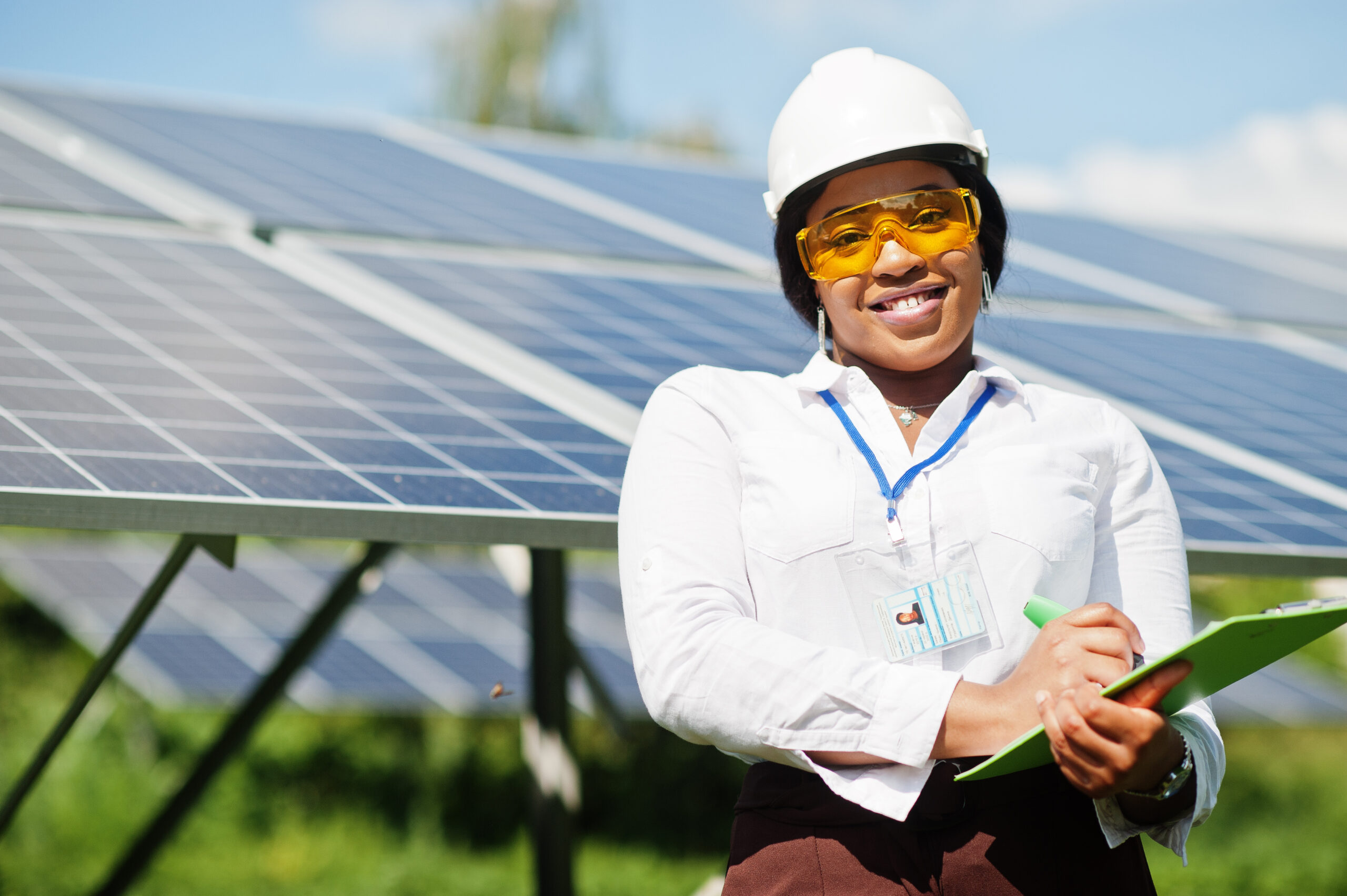Back
Africa’s renewable energy transition: an engine for growth?
1 July 2022

Analysis
The International Energy Agency has just published its Africa Energy Outlook 2022, highlighting the challenges associated with the transformation of the African energy sector. By 2030, renewable energy could account for up to 67% of electricity generation in sub-Saharan Africa. Nearly a quarter of Africa's energy needs could be met by clean, renewable energy. One question remains, is this an achievable target?
Africa’s renewable energy potential
Africa’s potential for renewable energy production is one of the highest in the world, with an estimated capacity of 10 terawatts (TW). The continent’s installed solar capacity could increase from 15 to 62 GigaWatt (GW) by 2030, while its hydroelectric, wind and geothermal capacities are estimated at 350 GW, 110 GW and 15 GW, respectively. If these potentials are fully leveraged, about 600 million people living in the continent could have access to electricity by 2030, with a cascading effect on the consumer market. For reference, the number of households with refrigerators could increase from 80 million to 200 million. Over the last few years, several African countries have sought to attract investments, encouraged by European countries in the midst of their energy transition.Implementing national energy regulatory frameworks
In recent years, reforms to encourage investment in renewable energy have increased. Ghana introduced the Renewable Energy Master Plan in 2016 to increase the country's renewable energy capacity to 1 364 MW by 2030. Rwanda adapted the legal framework in 2016 to facilitate public-private partnerships in renewable energy, while South Africa, through its Renewable Energy Independent Power Producer Program, plans to install 8.2 GW of solar power plants by 2030. Kenya has also passed several pieces of legislation in 2019 to regulate the mobilisation of funds for the development of renewable energy. These countries have also benefited from the reduced costs of energy production and storage. According to Bloomberg Energy Finance, a 40% drop in the price of lithium-ion batteries is to be expected over the next five years, if intermittent renewable energy use would gain deeper market penetration.African private sector’s role in renewable energy development
The continent is witnessing growth in the role played by the private sector in promoting renewable energy. It is gradually seizing the opportunities provided by incentivised regulatory frameworks. Banks, private equity firms and DFIs have invested in several major solar and hydroelectric projects over the past few years. With funding from Norfund and British Investment International, in November 2019, Globeleq Generation Limited announced its decision to build six windfarms in South Africa – at a time when the country’s state-owned electricity company, Eskom was crippled with excessive debt. In January 2022, Africa50 signed a Memorandum of Understanding (MoU) with the Kenyan government to develop Africa’s first electricity transport Public Private Partnership project. Also, Cameroon’s Nachtigal Hydro Power Company has been working on the Nachtigal hydroelectric dam for several years to boost infrastructure that will eventually meet a third of the country’s energy requirement.The quest for an energy model suited to Africa
Although the share of renewable energy in Africa's energy consumption is estimated at 2%, the untapped potential suggests that there could be some major changes across the sectors. However, the continent will have to overcome several major challenges, including access to finance, creating guarantee mechanisms to de-risk investments, and the lack of stable regulatory frameworks conducive to investment. Diversifying energy resources is a way of improving Africa’s energy needs sustainably, especially at a time when fossil fuel prices are highly volatile and the continent’s dependence on energy imports remains high. To achieve this, Africa's electricity capacity would need to double by 2030, from 260 GW to 510 GW. Two thirds of this capacity is likely to be renewable energy and mainly derived from new hydroelectric infrastructure, as well as proposed solar and wind farms. Although it is estimated that diversifying the continent’s electricity supply will cost over $25 billion yearly, just over 6% of the continent's GDP, it could lead to Africa doubling its GDP by 2030. More widely, this should uniquely catalyse the continent’s socio-economic development.